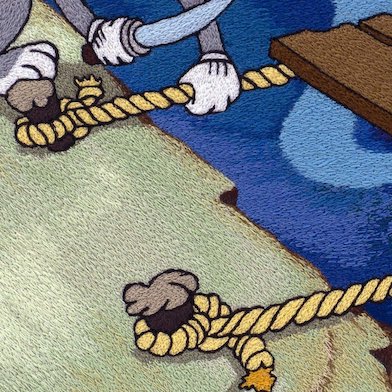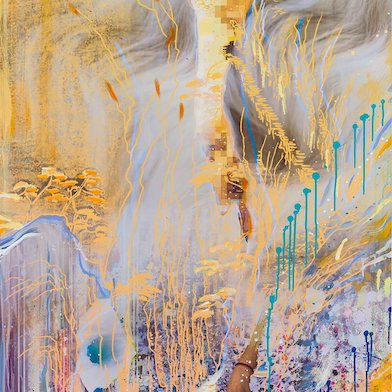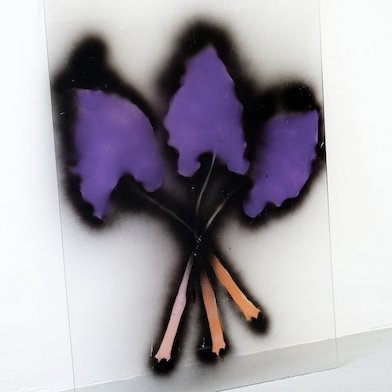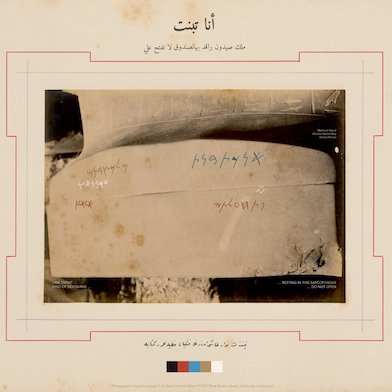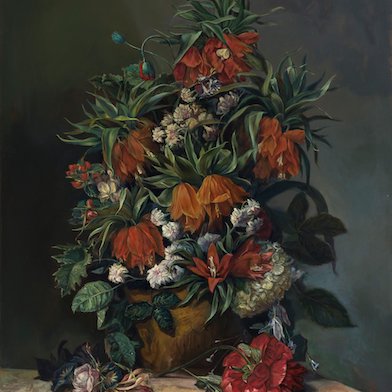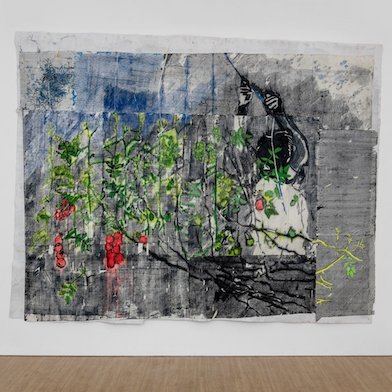Open: Wed-Sat 12-5pm
Visit
James Kelly: Tubes and Radiators: Paintings from 1964 - 1967
David Richard Gallery - Uptown, New York
Mon 14 Oct 2019 to Sat 16 Nov 2019
211 East 121st Street, 10035 James Kelly: Tubes and Radiators: Paintings from 1964 - 1967
Wed-Sat 12-5pm
Artist: James Kelly
David Richard Gallery presents Tubes and Radiators: Paintings from 1964 – 1967 by painter James Kelly in the artist’s first solo exhibition with the gallery. David Richard Gallery is proud to represent the estate of James Kelly (1913 – 2003).
Installation Views
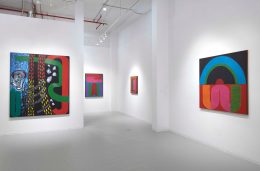
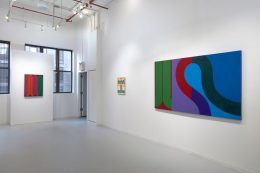
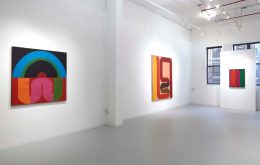
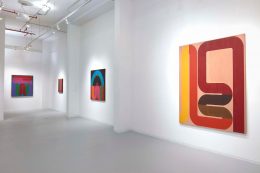
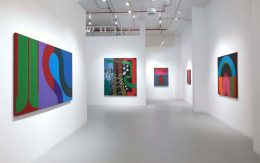
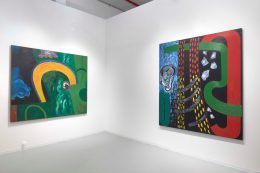
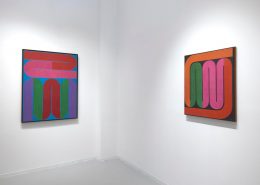
The series of Tubular paintings presented in this exhibition date from 1964 to 1967. While the series did continue into 1970, these are the only Tubular paintings remaining in the artist’s estate and were stored at his West Village studio in New York until now. He often referred to this work as “tubes” and “filaments” while friends and family frequently referred to them as “radiators”. During this same period, Kelly was making a move away from his well-known gestural abstraction of the 50s and early 1960s. Influenced by the myriad changes in the 60s, Kelly saw Abstract Expressionism in his rearview mirror along with many other artists who were creating their own visual voice and imagery, exploring new forms of expression, materials and supports, and engaging in an era of cultural awareness and social protest. Pop Art, Op Art, hard edge painting, geometric abstraction, the California Light and Space movement, rock and roll, heavy water light shows, the Greenwich Village scene, acrylic and fluorescent DayGlo paints were the rage. It is not a stretch to see how this Tubular series emerged out of the mix of art and cultural influences in New York combined with Kelly’s existing vocabulary of fluid, curved shapes, lush eye-popping colors and painterly surfaces. Moreover, Kelly commented to several close friends and collectors that the series was somewhat inspired by, but more his reaction to Pop Art that was dominating the art scene at the time.
The outer boundaries of the “tubes” were mostly hard edge with a clearly defined border, however, it is interesting that many of the color transitions within the tubes did not have sharp demarcations. Instead, Kelly often feathered the edges between the two colors, a subtle painterly touch. These are wonderful paintings full of nuance. They read hard edge at first glance, but up close, the artist’s hand is there, adding depth and an additional layer of interest to engage the viewer from afar as well as close in. Quite a contrast to the flatness and immediate accessibility of Pop imagery. These are master works from a modern master who could not not give us slow paintings in a fast-paced world, that require a slow read and multiple views and considerations to “get” them.
In his early New York years, Kelly’s paintings, drawings and lithographs began to incorporate defined shapes, mostly curvaceous and tubular, like large bent pipes that connected one part of his compositions to another. Such structures can be seen in many of his gestural paintings and lithographs from the early 1960s. The Tubular series became an extension of these glyphs and forms, organized into their own vocabulary and canvas-filling compositions.
James Kelly was known as a second-generation Abstract Expressionist painter, born and raised in Philadelphia. Kelly studied at the School of Industrial Arts (which is now the University of the Arts in Philadelphia) in 1937 and then in 1938 at the Pennsylvania Academy of the Arts. In 1941 he was awarded a scholarship to the Barnes Foundation where he studied before enlisting in World War II. After the war, he moved to San Francisco and studied from 1951 to 1954 at the California School of the Arts under the GI Bill. There he met and married artist Sonia Gechtoff. They lived on Fillmore Street and became part of the Beat Scene and friends with Deborah Remington, Jay DeFeo, Madeleine Diamond, Ernest Briggs and Wally Hedrick, among others.
Early in Kelly’s career, in the 1940s, influenced by paintings by Piet Mondrian and later Pablo Picasso, his work was geometric with references to Modernism and Cubism. Following the move to California, Kelly’s work changed and was more gestural, with long smooth strokes and thick layers of impasto paint from generous use of the palette knife. He layered the pigment and worked the surfaces to reveal layers of colors under a heavily textured surface of black paint. Kelly also took up lithography and enjoyed making prints, working at the Tamarind Lithography Workshop numerous times through the 1960s and 70s.
The 1970s saw a bit of shift back to geometric work for Kelly, using grids and systemic approaches, a lot of ink with black and white reductive compositions. However, short lived and in the 1980s Kelly returned to sweeping broad gestures of bright color across the canvas with iconic spins, swirls and a dose of representational elements and hidden / camouflaged shapes and figures. His work was lyrical and playful, spontaneous with periods of humor. This maturity in his work from the 1980s and through the rest of his career became a reflection of him as a person, how he really thought and what made him happy.
